Sustainable Ships Extended About
Why How What of Sustainable Ships
Sustainable Ships is an open hub to help maritime clients navigate environmental regulations and achieve decarbonization with easy-to-use tools, expert guidance, and tailored solutions.
We compete in the fast-growing maritime decarbonization and compliance market, which last year was a multi-billion-dollar value market due to increasing global regulations like FuelEU Maritime, EU ETS, and IMO standards.
Our tools provide strategic advice to determine the most cost-effective business case for decarbonization combined with the costs of compliance. Simple sliders allow for on demand sensitivity analysis, which is unique in the industry. Unlike others we offer freemium tools that are easy to use in order to lower the barrier to entry. We also operate a marketplace based on the principle of open collaboration, that enables shipowners, suppliers, and consultants to co-create solutions and sell tools or services.
We already have a suite of 25+ freemium and premium tools (FuelEU calculators, decarbonization roadmaps, databases technology and regulatory guides), a growing ecosystem of 30+ members and partners, a detailed ship database with information of over 10,000+ ships, a marketplace where anyone can buy, build and sell tools, multiple high-end consultancy projects completed, plus a helpdesk for direct client support. Our team combines deep maritime expertise going back 10 years with a commitment to open collaboration, and access to suppliers from across the world.
We are looking for strategic partnerships and funding to expand our suite of tools and outreach to more shipowners, helping us to scale the hub's impact and accelerate the maritime industry's transition to zero emissions. Contact us via email, or use the helpdesk to get in touch directly.
Why
What we believe
-
Sustainable Ships operates in a maritime world, a beautiful industry that is unfortunately plagued by many challenges.
The environmental toll of HFO - Most ships burn Heavy Fuel Oil (HFO), a tar-like byproduct of oil refining, as it is the cheapest option to power ships. This practice releases over a billion tons of CO2 annually — more than Germany — making shipping one of the largest contributors to global greenhouse gases.
The IMO’s weak oversight -The International Maritime Organization, tasked with regulating the industry, has set net-zero targets for 2050, but currently lacks enforcement mechanisms, and is heavily influenced by shipping interests. Its failure to impose meaningful regulations leaves the industry largely unchecked.
The shipowner’s struggle -Sustainability feels like an unaffordable luxury to many shipowners, who are burdened by debt and the pressure to keep costs low. Overwhelmed by complex regulations and an array of expensive, uncertain technological solutions, most shipowners default to inaction, hoping the problem will resolve itself or be addressed by others.
-
We believe a sustainable maritime industry consists of a decarbonized, circular industry that provides a sustainable income for the people dedicating their lives to it.
We call this Zer0. It stands for zero emissions, zero waste, and zero suffering.
To strive for these ideals, we need to have a close look at five different ‘Pillars’ in our lives: Economy, Energy, Organization, Income and Education. We believe that striving for Zer0 within all these Pillars is the way to ensure the world looks how we want it to be - our dot on the horizon.
-
Available soon
How
What we are building
-
Summary available soon.
-
Summary available soon
-
Clear non-negotiables are the rules everyone in the organization adheres to in order to achieve the cause. They provide clear guidelines and rules for the organization to operate in. They are the framework and basis for cooperation. They embody the ideals and values of the organization and ensure members have a sense of purpose. When you have clear non-negotiables as an organization, all your members know what to do and have a common goal.
Other words for the non-negotiables could be organizational principles, company rules or “commandments”. They prescribe simply how to behave in certain situations and - importantly - will prevent discussions as they are ‘non-negotiable’. The magic word is expectation management, inside and outside the organization.
What
What we are doing
-
More information on client segmentation available soon
-
Summary available soon.
-
We build two tools per month. The rest will follow.
Who
-
We are a crew of passionate people, working in the maritime industry. We believe the maritime industry is a thing of beauty and want to share our passion to make the industry sustainable. We aim to do so by working together, reaching out to other passionate people in the maritime industry and give a voice to those who want to make more impact. A noteworthy observation, is that we strive for a partnership/cooperation construction, in which no employees are present. We thus only work with contractors and owners in order to promote accountability.
Portfolio
-
Platform traffic
We have had a significant visitors growth on our website over the last two years, approaching 10.000 unique visitors per month. These are mainly attracted to specific blogs, mostly about regulations. We noticed it takes about a year before our content is high on search engines’ charts. We offer these users a freemium taste of our tools, e-books, guides and other content. The conversion rate for these users is between 0.05 - 0.2%, which is low and indicates we need to focus on conversion. Either way, the growth of visitors provides us with an opportunity for decentralized, cost-fixed growth, in addition to a source of knowing what potential users want, particularly the selection of these users that reach out to us for consultancy work.
Client Feedback
We acquired a multitude of respectable clients, most of them gained via our freemium content and pay-per-use tools. Feedback from clients is positive overall, especially from suppliers who require business development and tool-building support, which provide a basis for recurring revenue.
Frequently Asked Questions
General & Team
-
Sustainable Ships is an open hub that empowers maritime clients with easy-to-use tools, rapid business case development, and expert support to help navigate regulations and accelerate decarbonization efforts.
-
Business Developers of Suppliers.
We define two main types of client categories - Shipowners and Suppliers. Shipowners include everyone that owns a ship, or works in a company that owns a ship. Suppliers include anyone that supplies goods and services to Shipowners. More information can be found in our client section.
Ultimately in our ecosystem, the Shipowner pays for everything. Hence the end-client in the ecosystem is always the shipowner. The people benefitting the most from our tools however are Business Developers, most of them being Suppliers.
-
-
Vincent Doedee is one of the longest living sustainability advisors in the maritime industry and has realized one of the largest shore power connections in the world. Due to his actions, up to 250.000 metric tons of CO2 are reduced or compensated yearly.
Currently, the team is heavily dependent on the knowledge and experience of Vincent, which he aims to learn the other team members and instil in the Decarbonizer, in order to scale our ability to helping shipowners.
-
-
We are working on a network of preferred partners and more experts to expand our knowledge base. You can find a list of our current preferred partners here.
As stated, we are now in the process of reaching out to suppliers directly, in order to provide them with tools.
-
Governance and organization structure is described here.
At the moment, the organization is legally owned by Vincent Doedee as a ZZP entity in the Netherlands.
As soon as our turnover exceeds €100k, we will transition into a B.V. or cooperation.
Once we have the correct network and culture in place and the helpdesk is finished, we strive to build a DAO or similar for the platform, in line with our values and desire for a fair, decentralized world.
Market & Opportunity
-
(2023) In addition to the below, it was recently stipulated by the Dutch Refit Alliance that the average vessel would require at least €4M in terms of retrofitting. This would set the Total Addressable Market for all ships (100.000+) at 400 billion euros.
(2022) In terms of sustainalizing vessels, market cap is in the range of €1.000.000 (5 reports for 1% of 100.000 vessels). This should serve as feed money for extended and ‘evergreen’ platform services, on which all kinds of tools and services can be shared by any company or person.
-
Shipowners are facing some serious challenges in terms of decarbonization, as can be seen in this blog.
The ‘maritime sustainability market’ is still in its infancy though, and many shipowners or maritime players still need a lot (!) of help in their sustainable journey.
-
For ease of calculation, we assume there are approximately 100.000 vessels in the world. Most of these vessels are owned by small shipping companies or single shipowners (for instance with the binnenvaart in the Netherlands).
Of these smaller players, virtually no one has access to a sustainability advisor or has the money to pay for elaborate decarbonization reporting.
We aim for quantity over quality. We target the large majority of smaller shipowners ‘with a small wallet’.
-
For decarbonization purposes, we assume 3 to 5 reports/concept designs can be sold per customer. This equals €600 to €1.000 of value.
After the helpdesk phase, we assume we can provide tools and services similar to those provided by DNV for approximately €200 to €400 per month.
-
Assuming 1000 customers per year, that would surmount to €1.000.000 maximum.
Assuming 1000 customers per year in the post-helpdesk phase who are subscribed, that would surmount to €4.800.000 maximum.
Solution and customer base
-
Description text goes here
-
Item description
-
Item description
-
The Decarbonizer is infinitely scaleable in its finished form, as it would require no intervention by humans.
The helpdesk is marginally scaleable if we assume it has to be manned by human.
The helpdesk is extremely scaleable if we assume that shipowners can help each other answer questions and we program an AI to answer basic questions, such as GP-3.
-
Frequently heard feedback includes:
“There must be a great demand for this service”
“This tool is amazing” (… while clicking and analyzing for up to half an hour)
Or, our best feedback we have received so far:
“Yeah, this seems about correct” (a conservative shipowner of a small vessel)
Competitive landscape
-
The Mærsk Mc-Kinney Møller Center for Zero Carbon Shipping.
Sustainable Ships will provide exactly the same service, but you don’t have to pay €25.000 euro for a single report and a pretty PowerPoint from a consultant.
Our competitors are very expensive for most shipowners. We provide a freemium model, orders of magnitude more cost-effective than competitors.
In addition we consider business model and pricing features we're nearly certain competitors cannot ideologically build but our users would love. Our main feature would be a revenue sharing principle with suppliers. This is very hard to copy, or compete with.
-
The biggest difference - besides the fact that we are at least 100 times cheaper than everyone else - is that everyone can make money on the platform.
Our goal is to make a place where everyone - shipowners, individuals, companies - can create, share and make money on content to make the maritime industry sustainable. Similar to Spotify, where there are artists and listeners, we aim to create a ‘sustainable space’ for artists and listeners.
This is unique in the maritime industry and has never been done before.
-
Depending on how you view the helpdesk/platform, the answer would be that there is no one doing what we are doing. The whole reason we set up the helpdesk was because there is none.
Sure, there are plenty of others who can do it or who are actually providing similar services, for example the Maersk/McKinney centre. These focus on large clients and fleets however, and do not provide much help for the average shipowner. They are also working on marketplaces, for example veracity. These are interesting developments but as far as we can tell, these stores operate with a different business model and focus and do not provide the freemium tools we envision.
-
Maersk/Mckinney - expensive, large clients, very knowledgeable
DNV/Veracity - expensive, large clients, very knowledgeable, no instant access
Technology and roadmap
-
We strive for flexibility, decentralization and believe in collaboration. That is why we use open-source tools or philosophies wherever possible.
At the moment, we rely heavily on Squarespace, Notion, Grid and Tidio. These applications are used to provide the online helpdesk environment.
In the future, when we transition towards a platform, we will shift towards a more developer-heavy organization in which we strive to build everything ourselves as much as possible.
-
We believe in collaboration and aim to make a platform on which everyone can make money and share knowledge on sustainability. That might lead one to think that there is no proprietary technology involved, which is mostly the case in the current helpdesk phase.
However, it is not the technology behind the platform at the moment, but the type, amount, structure and access to specific information that will be the key distinguishing factor.
In the end, the customer will pay for the access to the information, tools, people and companies that are active on the platform. On top of that, they can make money by sharing said content.
In Dutch we say “geen gezeik iedereen rijk”, which loosely translates to “everyobdy happy”.
-
No. There are plenty of other companies who have more information, IP, better technologies and whatnot. From a technological standpoint, we do not have a clear advantage. There is one thing however that gives us a cutting edge over everyone else.
We focus on access to information, not the technology behind sustainalizing a vessel or the industry. We simply collect and provide the tools for shipowners to become more sustainable. We do not care which tools, as long as they work.
This is sometimes called the pickaxe-theory, which refers to the organizations that provide the marketplace or tools on which others can sell.
-
In all fairness, we might not be the best. But, in addition to us being humble, we have an advantage over other well-established companies.
We are the cheapest.
There is no other party in the marine industry who can do what we do for the price that we offer. In fact, we wanted to decrease our prices even further, but that worked adversely because people did not believe it.
The marine industry works with outdated business models that do not make it suitable for established players to do what we do: make a platform with very cheap tools that anyone can use to make money with. It simply does not cross marine peoples mind, and that might exactly be the reason why we are well equipped to do this, not best.
-
At the moment, we are highly dependent on the internet. In addition, we are highly dependent on Squarespace, and moderately dependent on Tidio and Notion. Other dependencies exist (like Microsoft Office environment etc.) but this is similar to dependencies in any other organization.
Our philosophy going forward would be more and more to ‘do it ourselves’. Or better yet, to be able to do it ourselves. That means thinking in interdependencies and creating our own CMS, helpdesk software etc. We believe that the ability to create such things will lead to more flexibility and help our crew to build the skills needed for the future. This is very far ahead in time however.
-
The software applications we use now (Squarespace, Tidio, Grid and Notion) allow us to work very fast and adept. We have already achieved MVPs of several tools (Decarbonizer, Shore Power, Peakshaving, etc.) and each tool will lead to faster lead times for other tools.
At the moment, the only true milestones we foresee are the development of tools for each of the technologies listed in the Decarbonizer. These are for the most part:
Batteries
Hydrogen
Shore power
Alternative Fuels
Policy, Rules & Regulations
Wind Propulsion
Floating Solar
Methanol
Ammonia
Time/money permitting we will include all other methods of reducing carbon emissions where possible.
Financial projections and investment need
-
See our section about cash flow in part 3.
-
(2023-06-18) Currently we have 6 paying customers, four of which are subscriptions worth €899 (or more) per month. Check out the Notion Projects database for more information.
(2022-04-01) We have 2 non-paying clients at the moment and about 2/3 general questions per week on the platform.
-
De nada. We like to bootstrap where possible, but one of our core values is collaboration. As such, we believe there might be investors with whom we can work together and create a win-win.
-
We estimate that we need about €15.800 per tool and to have the helpdesk manned for a year for this tool. At the moment however, we bootstrap our tools according to the demands from our clients. More money would mean a faster execution of the roadmap. The same work would still need to be done however.
-
You can view all these in the tool above. You can use the tool to properly understand the sensitivities, price assumptions etc.
-
We would need in the order of €158.000 to build the entire suite of tools and man the platform for a year. This would be the maximum investment requirement. Depending on your preferences, we can discuss whether this is something you wish to fund, or whether you wish to fund smaller parts of this investment (for instance a single tool).



















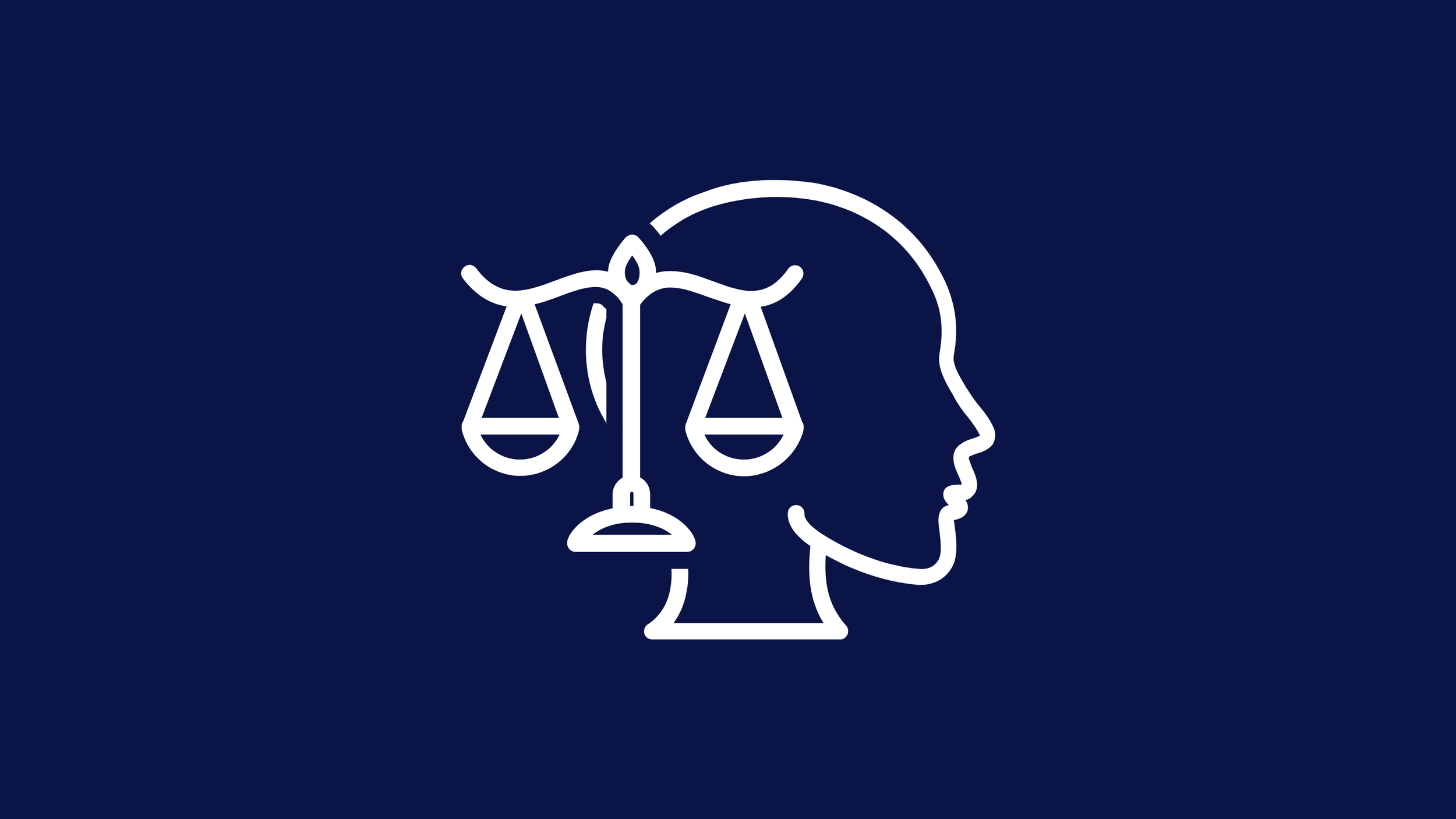










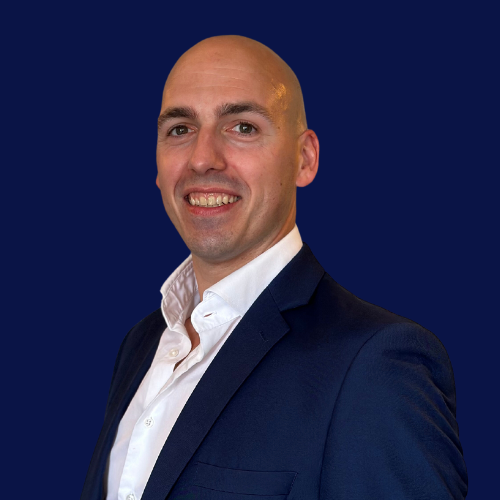











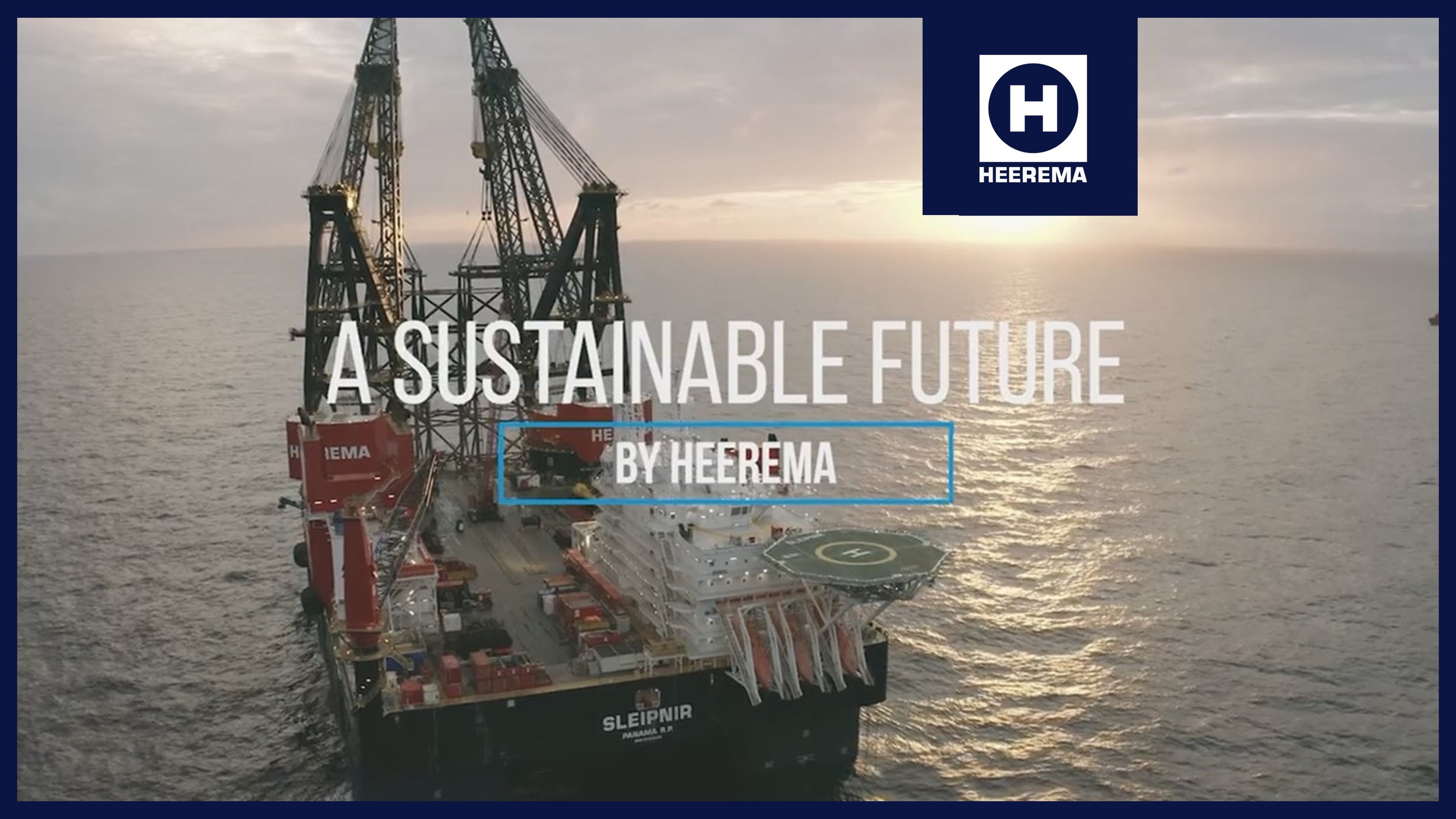
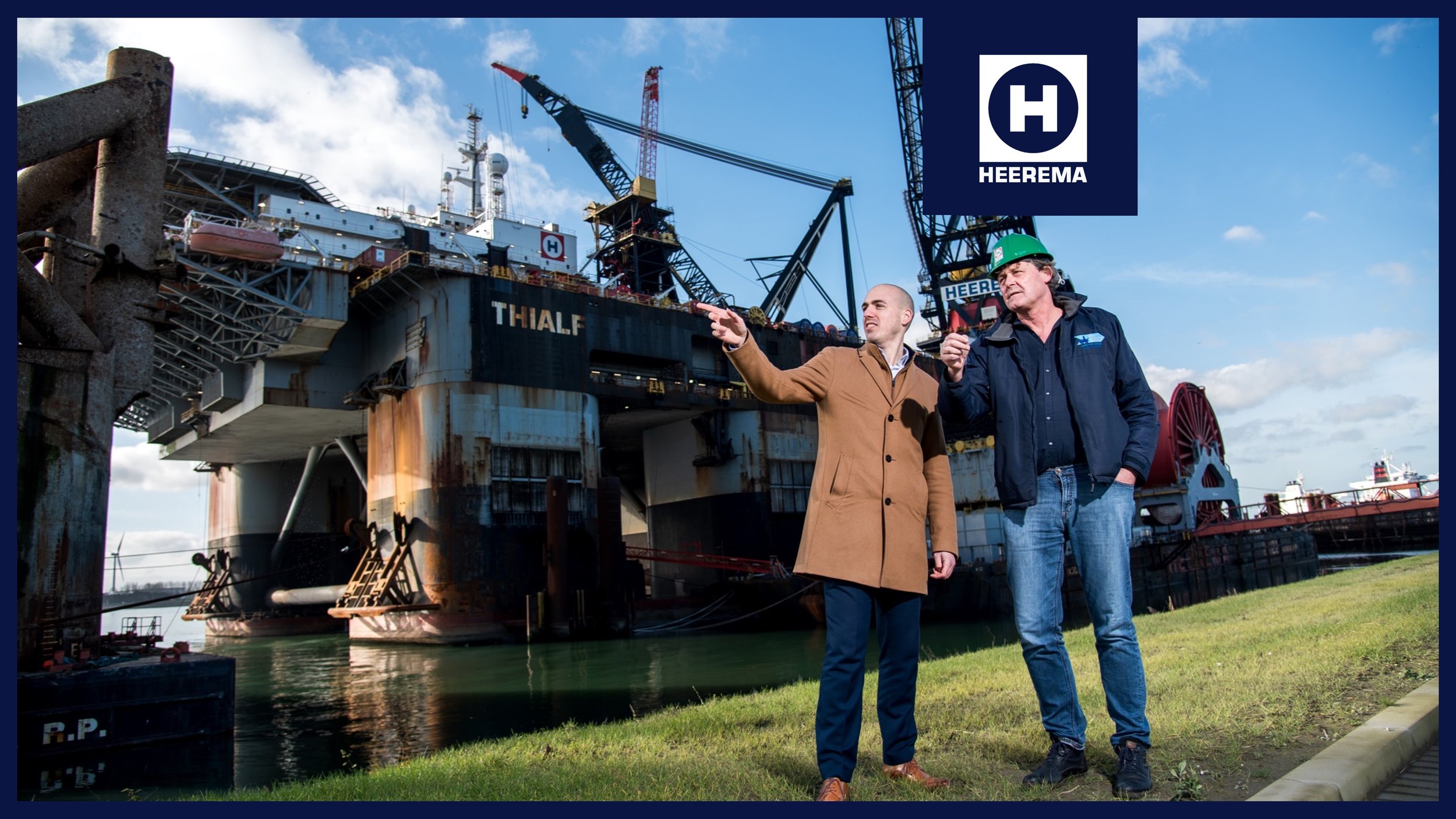

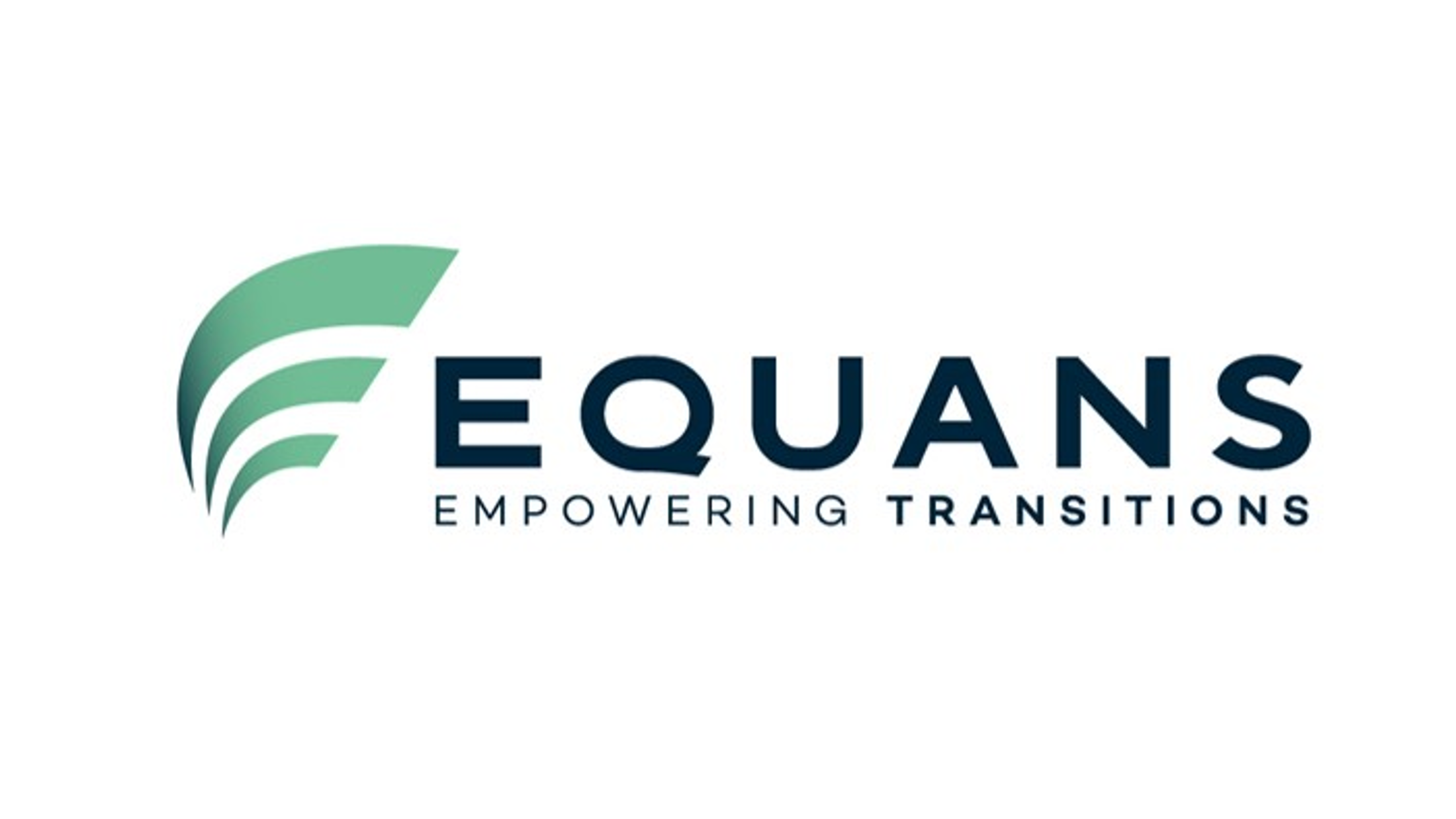
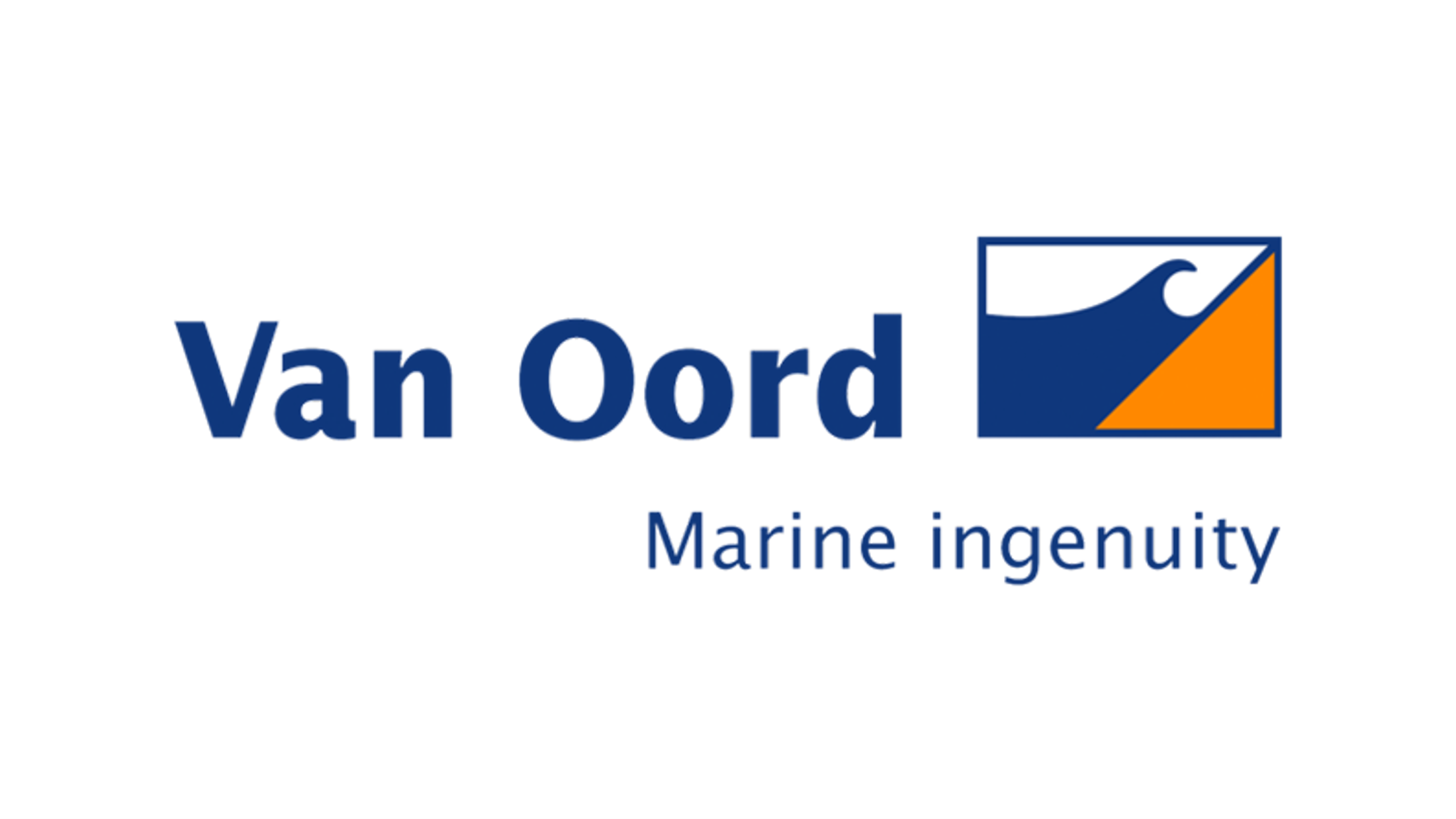
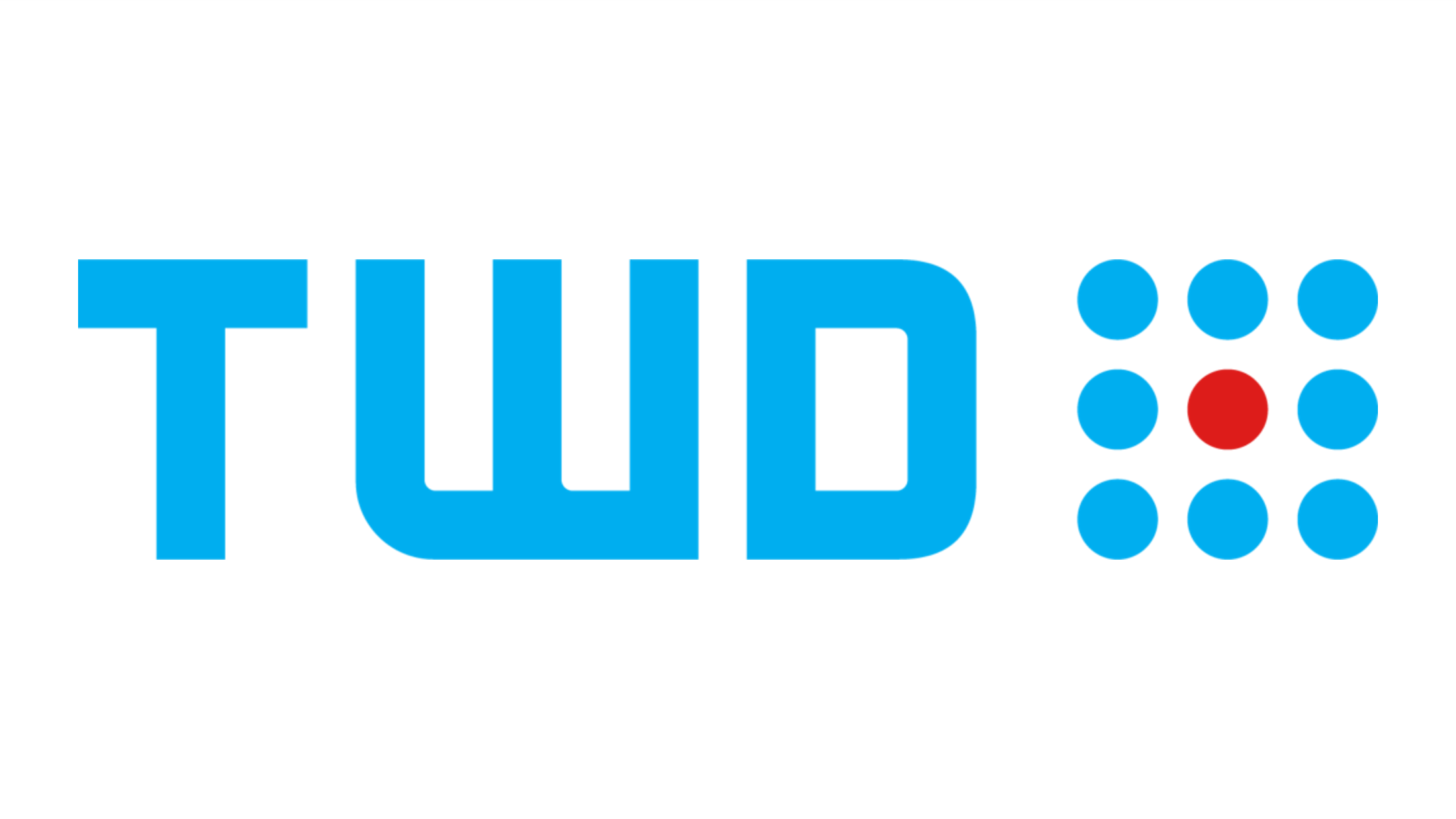
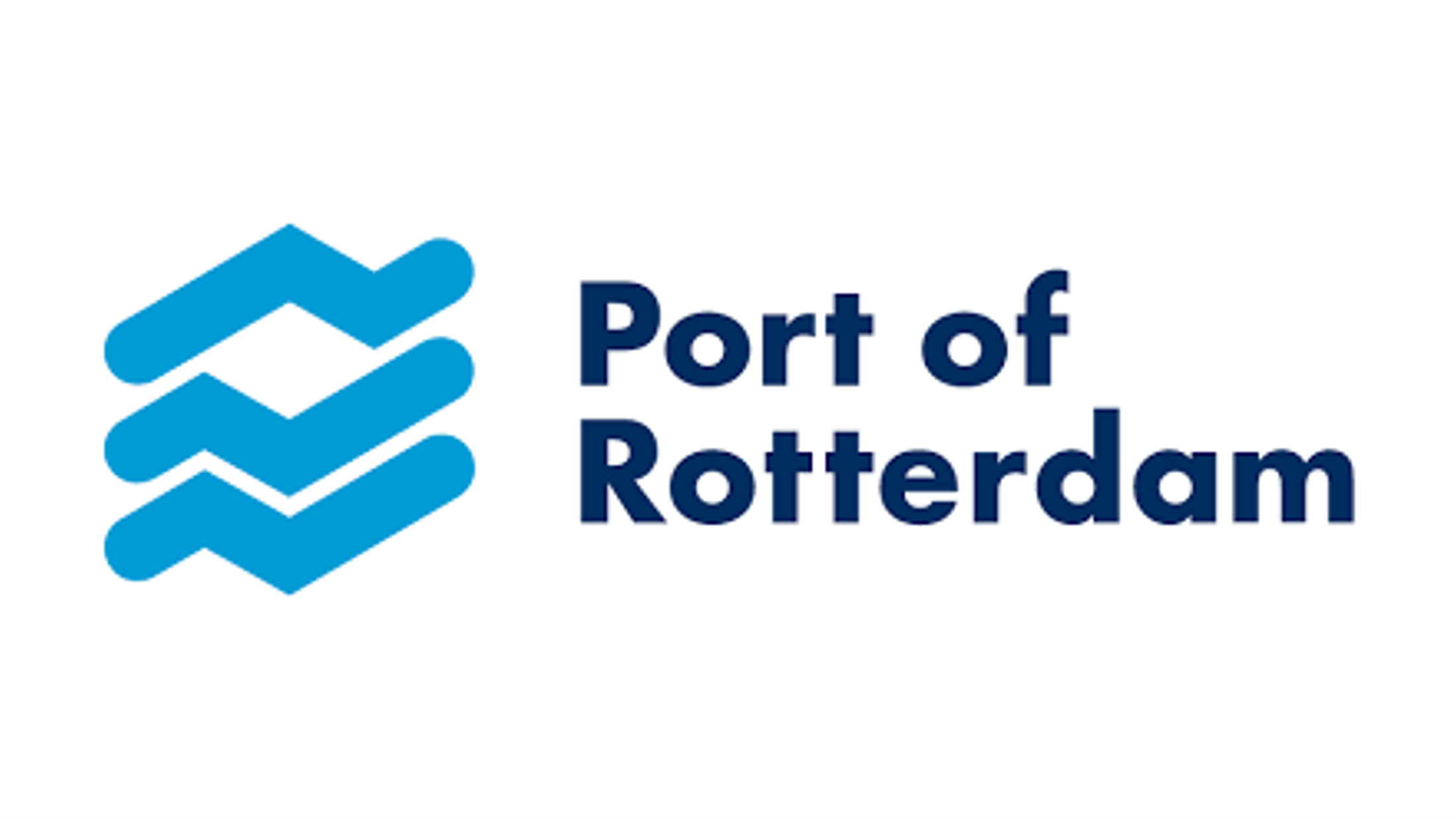
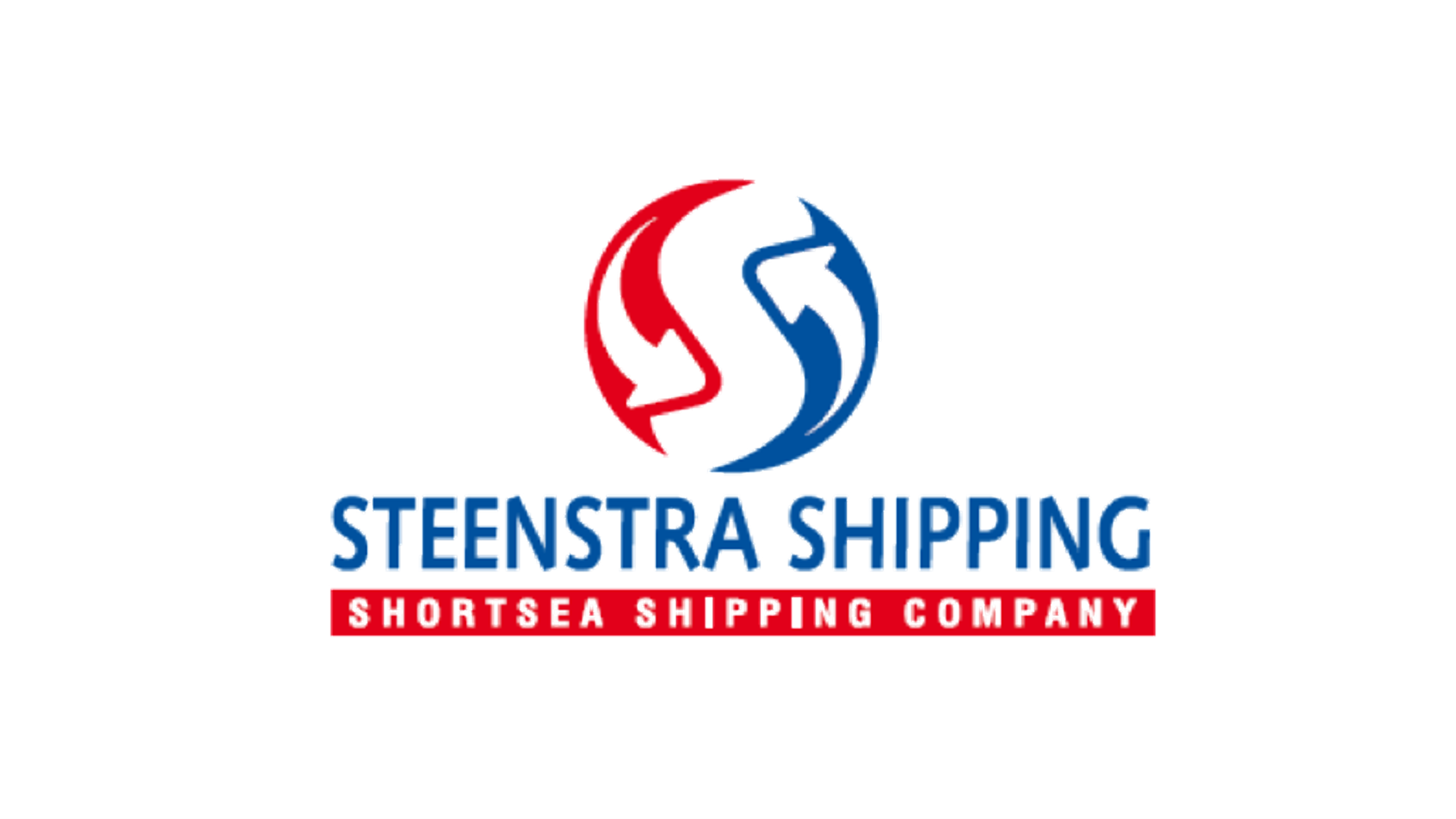
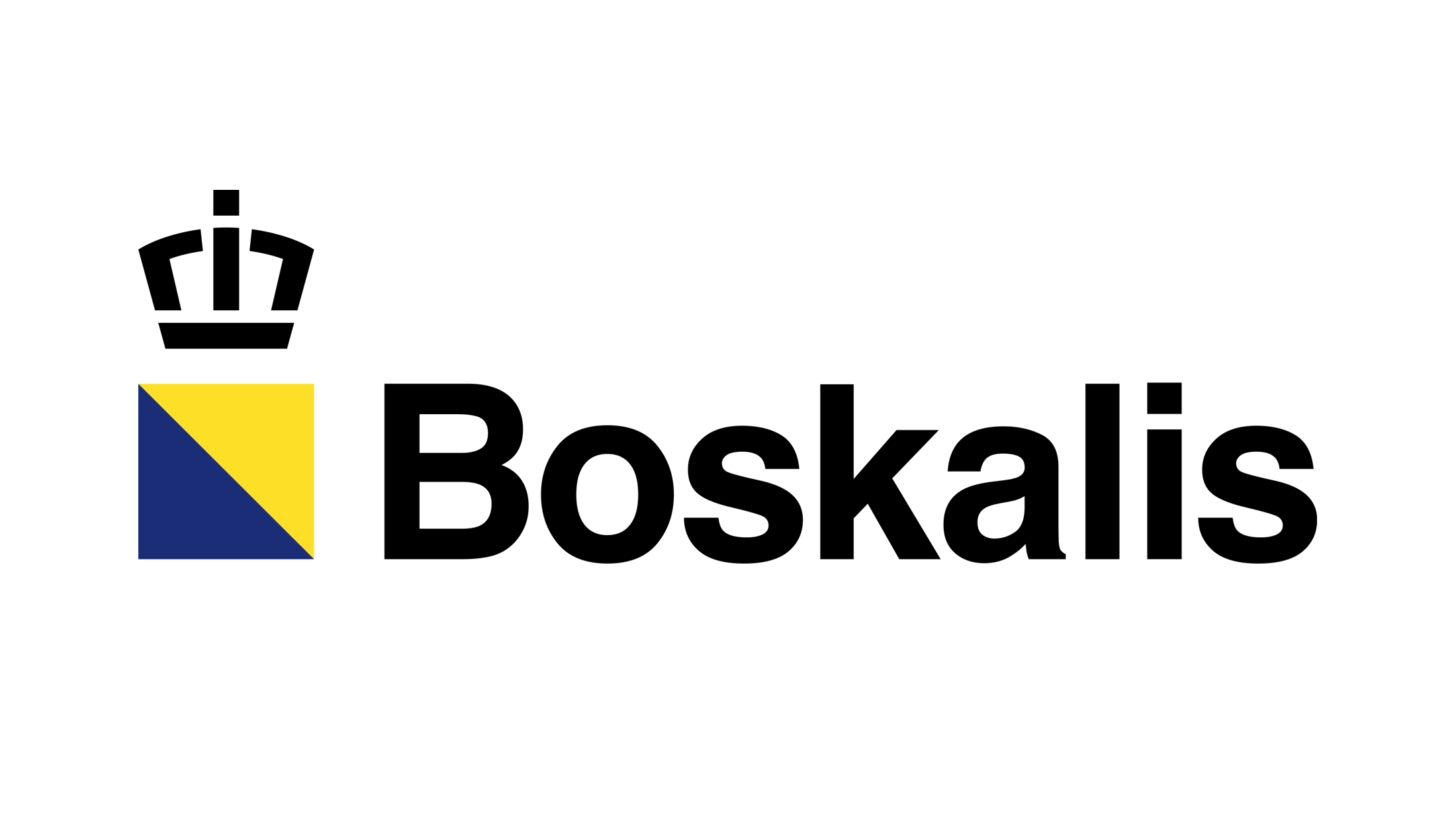
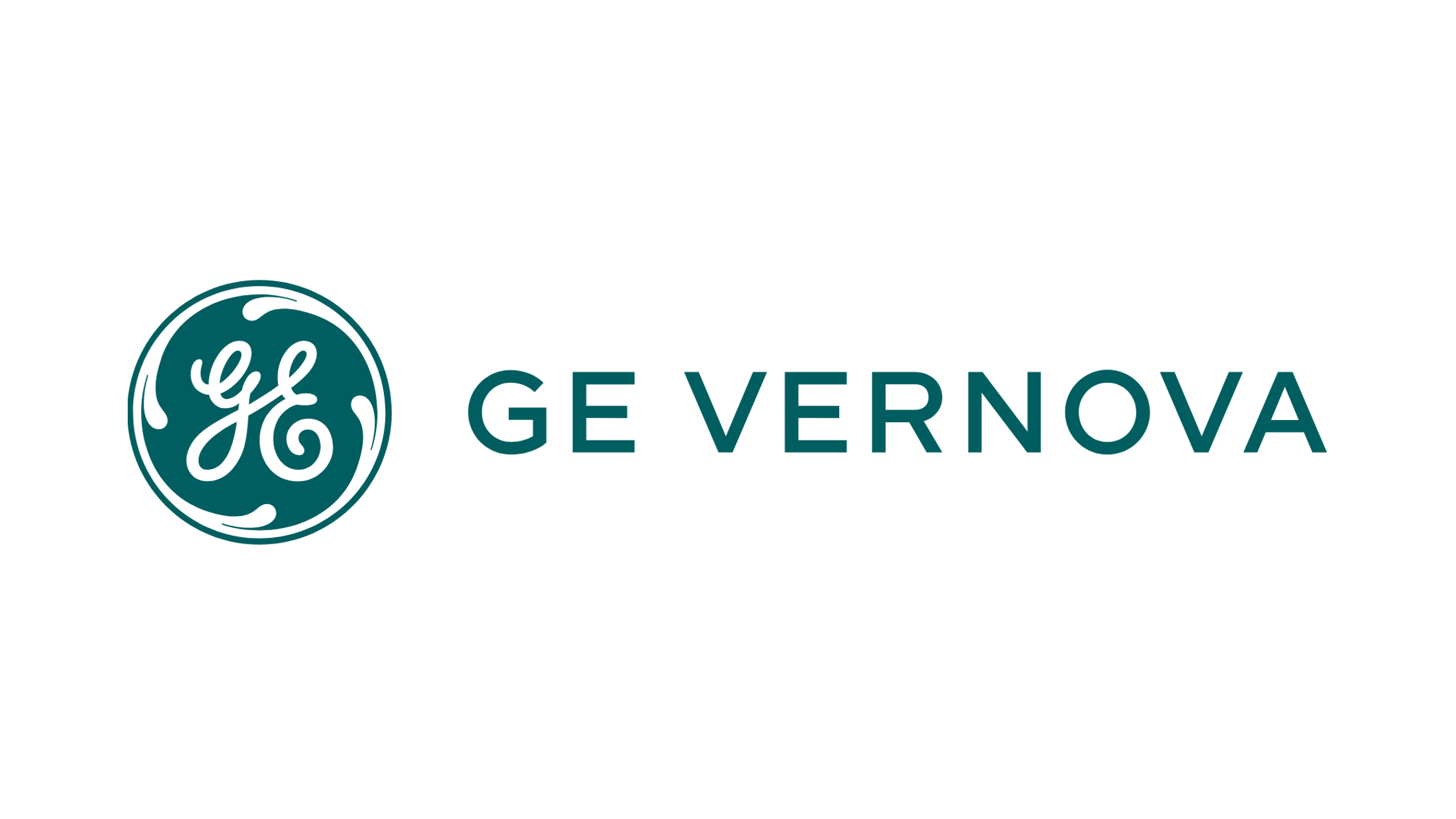
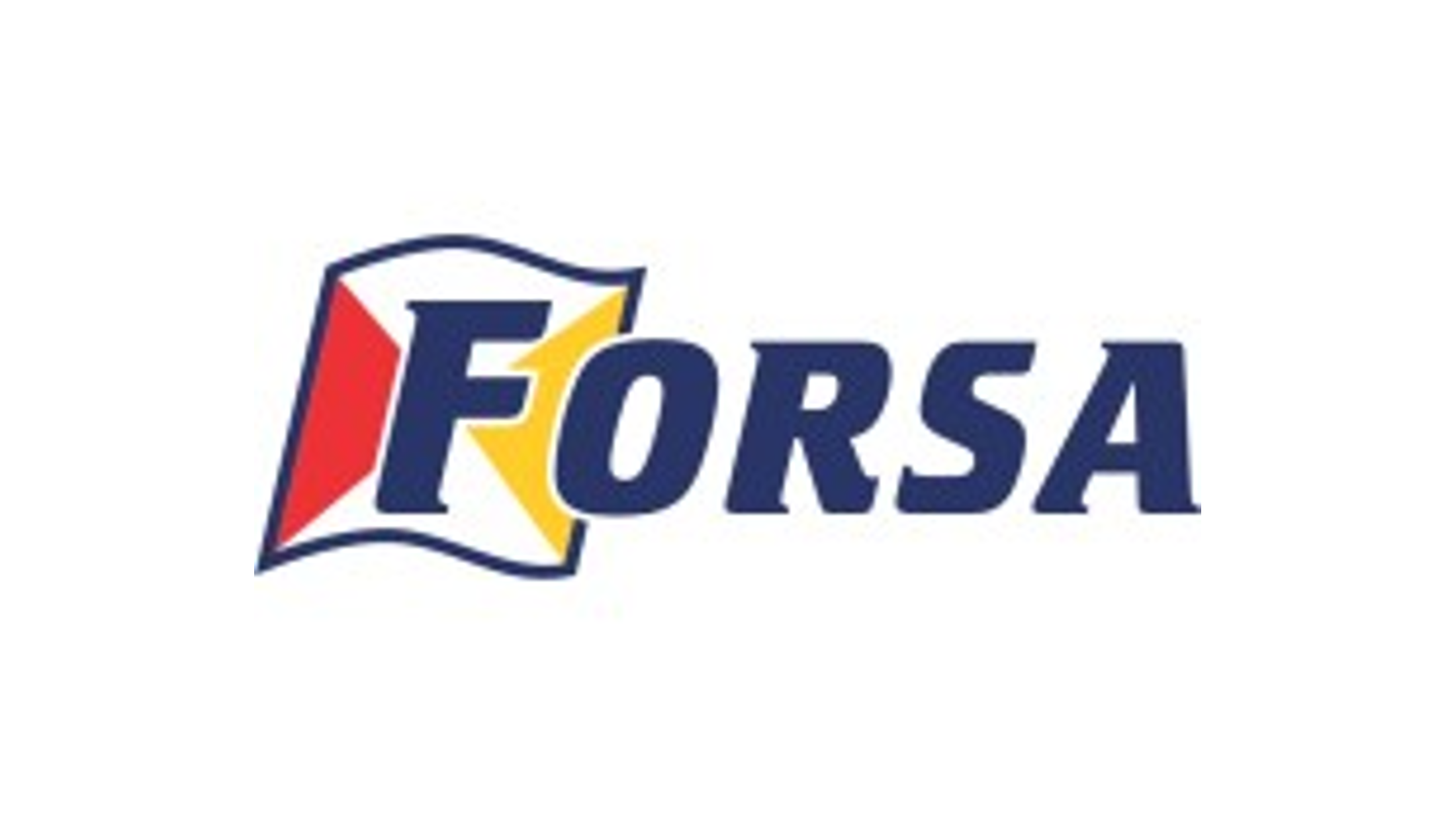
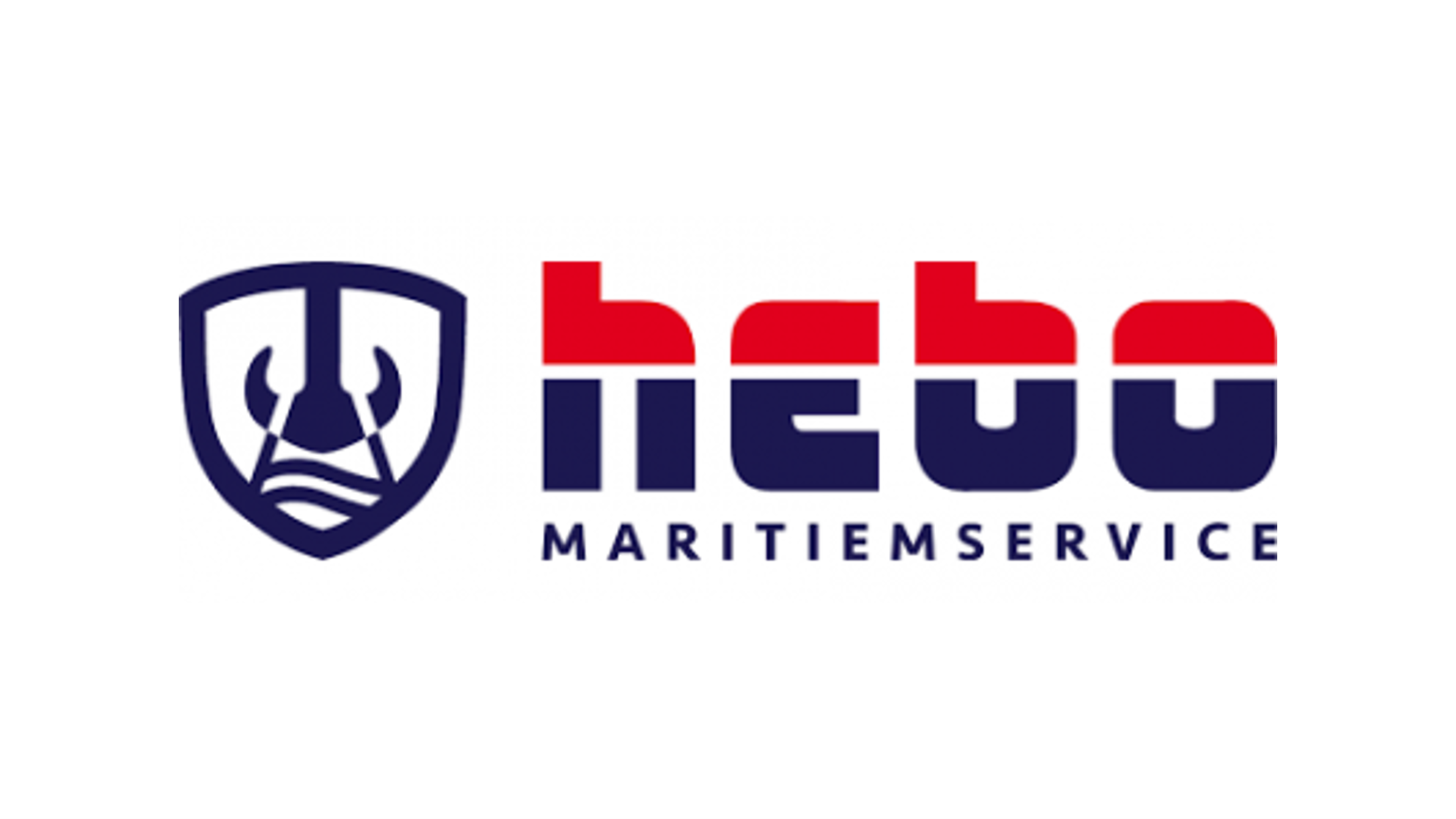
What is wrong with our world and why?